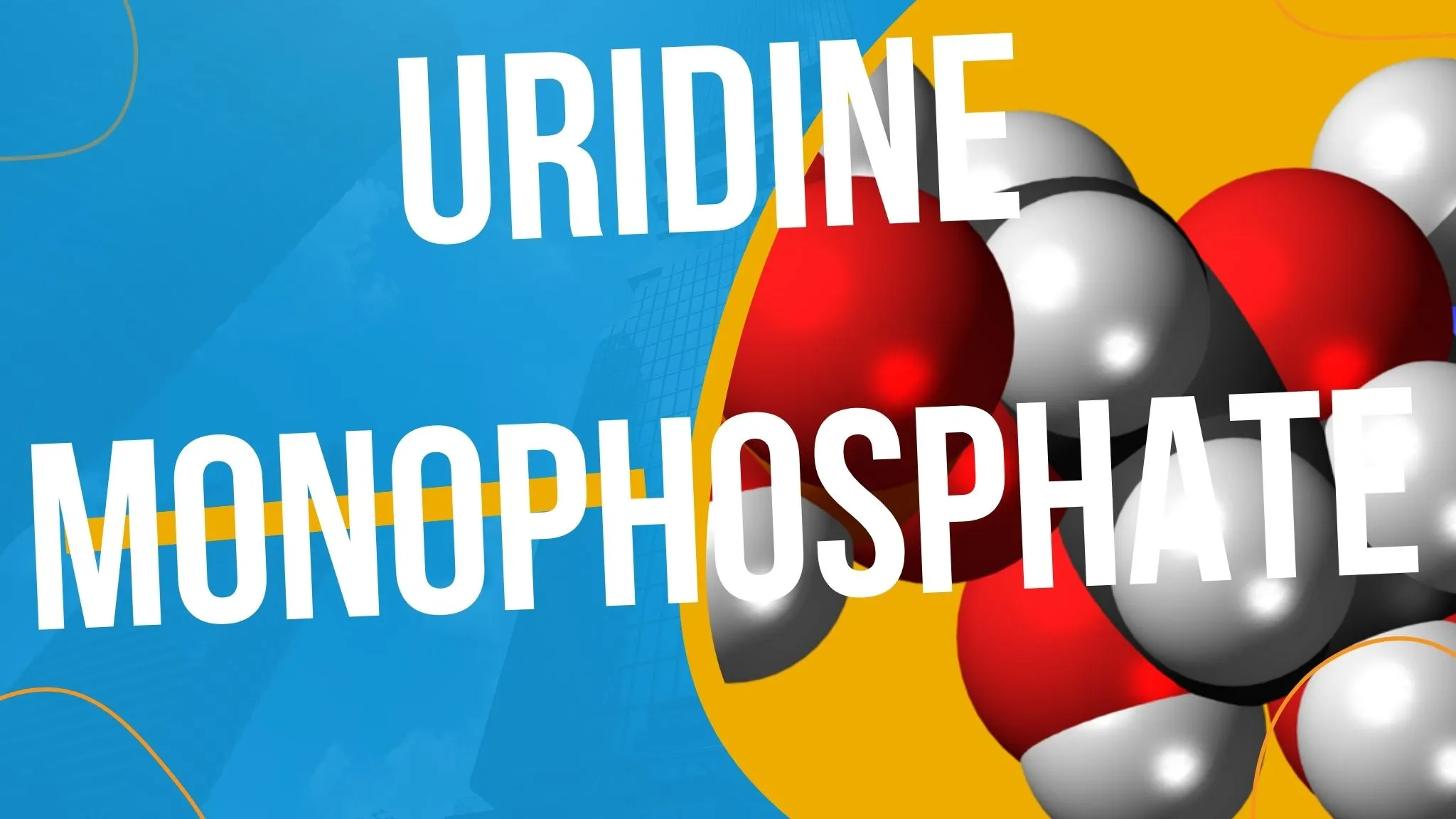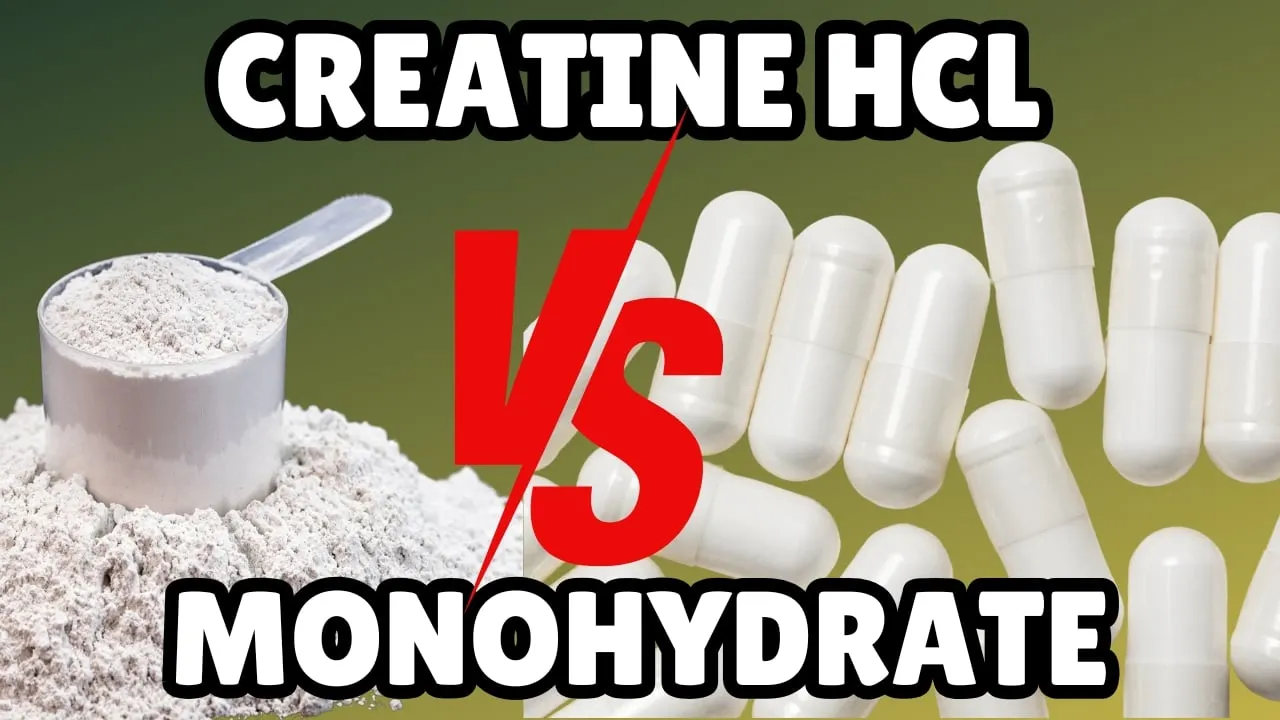Uridine Monophosphate & Uridine 5'-monophosphate An Overview
Uridine and Uridine Monophosphate: How Supplementation Increases Neurite Outgrowth and Brain Function
Uridine, particularly in its bioavailable form uridine monophosphate (UMP) or uridine 5′-monophosphate, is gaining attention for its powerful effects on the brain.
From enhancing neurite outgrowth to supporting nucleotide biosynthesis, uridine plays a vital role in maintaining cellular function, mitochondrial health, and even supporting RNA synthesis.
This article is worth reading if you're curious about the use of uridine in supplements, how it works in the body, and why it's becoming a go-to nootropic for brain health.
Article Outline
1. What Is Uridine and Why Is It So Important?
2. How Does the Body Synthesize Uridine?
3. What Is Uridine Monophosphate and How Does It Work?
4. What Role Does Uridine Play in Nucleotide Metabolism?
5. How Does Uridine Support Brain Health and Neurite Outgrowth?
6. The Link Between Uridine, RNA, and Synaptic Function
7. What Is the Effect of Uridine on Mitochondrial Function?
8. Can Uridine Supplementation Enhance Cognitive Performance?
9. What Enzymes Are Involved in Uridine Biosynthesis and Utilization?
10. How to Use Uridine: Dosage, Forms, and Considerations
1. What Is Uridine and Why Is It So Important?
Uridine is a naturally occurring nucleoside composed of the nucleobase uracil and a ribose sugar.
As one of the four basic components of RNA, uridine is central to nucleic acid function and cellular metabolism. In the body, it's often phosphorylated into various forms like UMP (uridine monophosphate), UDP (uridine diphosphate), and UTP (uridine triphosphate) to carry out vital functions.
Uridine also supports the synthesis of phospholipids, crucial components of cell membranes, including membrane phospholipids like phosphatide.
Its availability directly impacts membrane formation, cell signaling, and energy transfer. Thus, uridine is not just a structural molecule—it's a metabolic powerhouse.
2. How Does the Body Synthesize Uridine?
The biosynthesis of uridine starts in the pyrimidine pathway. This process involves several enzymes, including UMP synthase, which catalyzes the conversion of orotidine 5'-monophosphate into UMP.
This pathway uses substrates like orotic acid, and the final decarboxylation step results in the formation of uridine-5'-monophosphate.
The body can also obtain exogenous uridine through diet. Known as dietary uridine, this source becomes especially important when plasma uridine levels are low.
Foods like organ meats, fish, and brewer’s yeast contain significant amounts of uridine, though supplementation provides a more bioavailable and convenient delivery compound for uridine.
3. What Is Uridine Monophosphate and How Does It Work?
Uridine monophosphate (UMP), also called uridine 5′-monophosphate, is the phosphorylated form of uridine and the precursor for more complex pyrimidine nucleotides like UTP and CTP (cytidine triphosphate).
As a ribonucleotide monophosphate, UMP is crucial for nucleotide metabolism, including the phosphorylation of uridine into energy-rich forms.
UMP serves as a substrate in RNA synthesis, playing a key role in gene expression and mRNA transcription.
In supplements, UMP acts as a convenient delivery compound for uridine, offering a more direct way to elevate uridine concentrations in the brain and support neuronal processes like neurite outgrowth and synaptic function.
4. What Role Does Uridine Play in Nucleotide Metabolism?
Uridine participates in both de novo synthesis and salvage pathways of pyrimidine nucleotide metabolism. Its incorporation into UMP, UDP, and UTP allows for the creation of RNA strands and the regulation of intracellular signaling.
Additionally, uridine enhances the formation of pyrimidine ribonucleotides with monophosphate group. This enhancement is critical for maintaining balanced pools of nucleotides needed for DNA and RNA synthesis.
A deficiency in uridine or its precursors can lead to cellular dysfunction and impaired nucleic acid formation.
5. How Does Uridine Support Brain Health and Neurite Outgrowth?
One of the most exciting areas of research around uridine is its ability to promote neurite outgrowth—the extension of dendrites and axons in neurons.
This effect is linked to increased availability of UMP and uridine 5'-monophosphate, which support the synthesis of membrane phospholipids and synaptic proteins.
In combination with choline and DHA (docosahexaenoic acid), uridine supplementation increases brain phospholipid levels, enhancing neuronal membrane formation and synapse creation.
According to the Wurtman protocol, this trio is particularly effective in boosting brain function and plasticity.
6. The Link Between Uridine, RNA, and Synaptic Function
Because uridine is essential for RNA synthesis, it plays a foundational role in the brain’s ability to process and store information. Every time a neuron needs to express a gene, it relies on uridine-containing nucleotides to build the required mRNA.
Uridine also facilitates the assembly of synaptic vesicles and contributes to signal transduction. The synthesis of nucleosides and their conversion into ribonucleotides are key steps in enabling quick neuronal communication, making uridine indispensable for cognitive health and memory.
7. What Is the Effect of Uridine on Mitochondrial Function?
Mitochondrial function depends on a constant supply of nucleotides for energy production and DNA replication.
Uridine contributes to this by supporting the synthesis of uridine diphosphate (UDP), which is essential for glycogen metabolism and mitochondrial enzymatic reactions.
Disruptions in uridine metabolism can lead to mitochondrial dysfunction, affecting energy levels and overall cellular health.
Treatment with uridine may help restore mitochondrial balance and promote healthy intracellular processes, especially in neurons with high energy demands.
8. Can Uridine Supplementation Enhance Cognitive Performance?
Several studies suggest that dietary supplementation with uridine-5'-monophosphate may improve memory, learning, and focus. By increasing circulating uridine, these supplements provide the brain with more building blocks for RNA, phospholipids, and neurotransmitters.
Moreover, uridine appears to enhance the structure and function of synapses, supporting long-term brain health. It's no wonder many biohackers and neurologists are exploring uridine and cytidine combinations for nootropic effects.
9. What Enzymes Are Involved in Uridine Biosynthesis and Utilization?
Several enzymes are crucial in the formation and usage of uridine. UMP synthase, for instance, has two enzymatic activities: orotate phosphoribosyltransferase and orotidine-5'-decarboxylase. Together, they convert orotic acid into orotidine, and then decarboxylate it to form UMP.
Other important enzymes include kinases that phosphorylate UMP into UDP and UTP, and decarboxylases that assist in pyrimidine catabolism. Additionally, synthase and synthetase enzymes regulate the flow of precursors through the nucleotide biosynthetic pathway.
10. How to Use Uridine: Dosage, Forms, and Considerations
For those interested in supplementation, UMP is generally the preferred form due to its higher bioavailability and ability to cross the blood-brain barrier. A typical daily dose ranges from 250mg to 1000mg, often taken with choline and DHA for synergistic effects.
It's important to consult a healthcare provider, especially if you have a history of mitochondrial disorders or are taking medications that could interfere with nucleotide metabolism. While side effects are rare, inhibition of natural pathways may occur at very high doses.
Key Takeaways: Uridine and Brain Health in a Nutshell
- Uridine is a vital nucleoside involved in RNA production, membrane synthesis, and energy metabolism.
- The biosynthesis of uridine starts with orotidine 5'-monophosphate, catalyzed by UMP synthase.
- Uridine monophosphate (UMP) is the key form used in supplementation to support brain function.
- Uridine plays an essential role in nucleotide metabolism, especially in the pyrimidine pathway.
- It enhances neurite outgrowth and supports synaptic function, especially when combined with choline and DHA.
- Uridine concentrations in the brain affect the formation of RNA, mRNA, and membrane phospholipids.
- Supplementation increases uridine 5′-monophosphate levels, benefiting cognitive performance and mitochondrial health.
- Enzymes like decarboxylase, kinase, and synthetase regulate uridine's function in the body.
- Safe and effective supplementation involves UMP, ideally taken with supporting nutrients.
- Uridine is a promising compound for enhancing mental clarity, memory, and long-term brain resilience.













